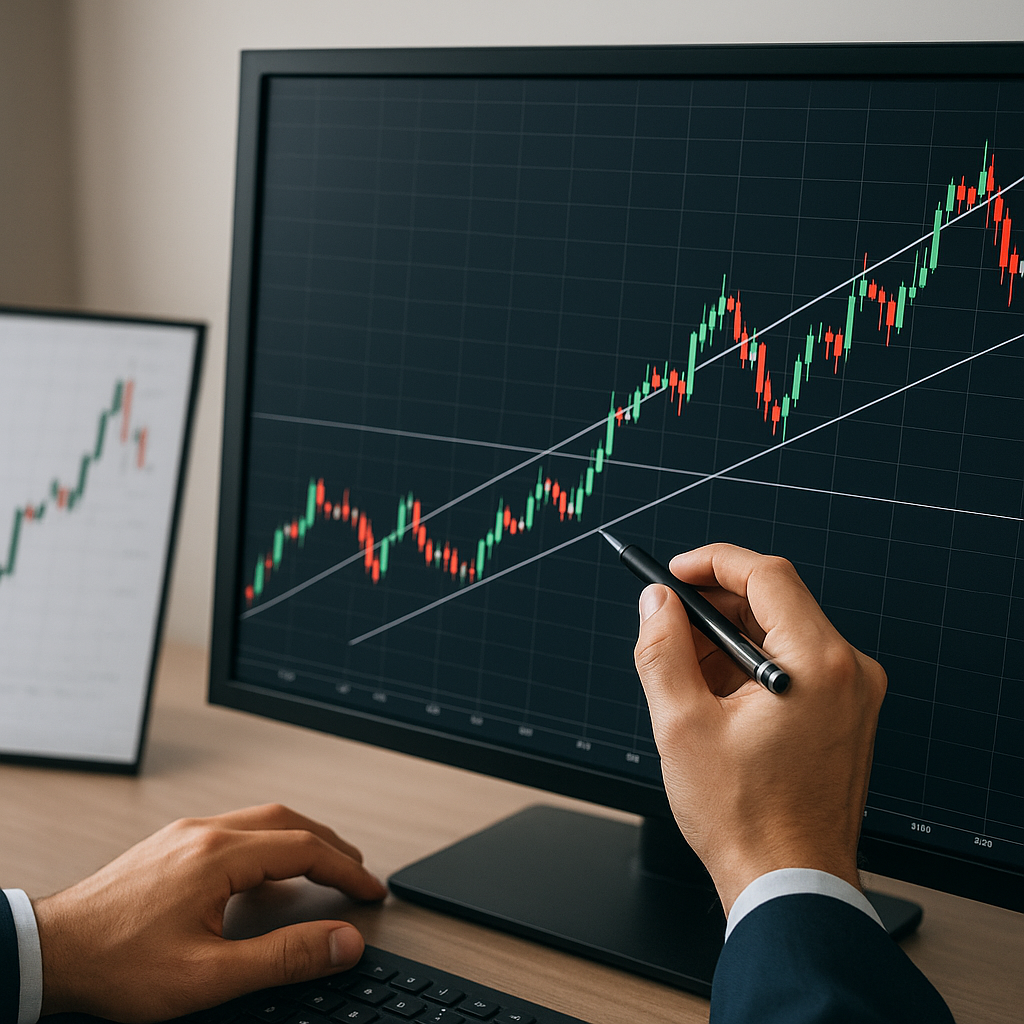Day trading in the currency market, also known as forex trading, is a popular investment strategy that involves buying and selling currencies within the same trading day. This approach requires a deep understanding of market dynamics, quick decision-making, and a solid risk management strategy. In this article, we will explore the fundamentals of day trading in the currency market, the tools and strategies used by successful traders, and the risks and rewards associated with this high-stakes investment approach.
Fundamentals of Day Trading in the Currency Market
Day trading in the currency market revolves around the concept of taking advantage of short-term price movements. Unlike long-term investors who hold positions for months or even years, day traders aim to capitalize on small price fluctuations that occur within a single trading day. This requires a keen understanding of market trends, technical analysis, and the ability to react swiftly to market news and events.
Understanding Currency Pairs
In the forex market, currencies are traded in pairs. Each pair consists of a base currency and a quote currency. For example, in the EUR/USD pair, the euro (EUR) is the base currency, and the US dollar (USD) is the quote currency. The price of the pair indicates how much of the quote currency is needed to purchase one unit of the base currency. Day traders focus on the most liquid and volatile currency pairs, such as EUR/USD, GBP/USD, and USD/JPY, to maximize their trading opportunities.
Leverage and Margin
One of the unique aspects of forex trading is the use of leverage. Leverage allows traders to control a large position with a relatively small amount of capital. For example, with a leverage ratio of 100:1, a trader can control a $100,000 position with just $1,000 of their own money. While leverage can amplify profits, it also increases the potential for significant losses. Therefore, effective risk management is crucial for day traders to avoid substantial financial setbacks.
Tools and Strategies for Successful Day Trading
Successful day trading in the currency market requires a combination of technical analysis, market knowledge, and disciplined execution. Traders use various tools and strategies to identify trading opportunities and manage their positions effectively.
Technical Analysis
Technical analysis is the study of historical price data and chart patterns to predict future price movements. Day traders rely heavily on technical indicators such as moving averages, relative strength index (RSI), and Bollinger Bands to identify trends and potential entry and exit points. Chart patterns, such as head and shoulders, double tops, and triangles, also play a crucial role in technical analysis.
News and Economic Indicators
In addition to technical analysis, day traders must stay informed about economic news and events that can impact currency prices. Key economic indicators, such as interest rate decisions, employment reports, and GDP data, can cause significant volatility in the forex market. Traders often use economic calendars to keep track of upcoming events and adjust their trading strategies accordingly.
Risk Management
Effective risk management is essential for long-term success in day trading. Traders use various techniques to manage risk, including setting stop-loss orders to limit potential losses and using position sizing to control the amount of capital at risk in each trade. Diversifying trading strategies and avoiding over-leveraging are also important aspects of risk management.
Risks and Rewards of Day Trading in the Currency Market
Day trading in the currency market offers the potential for significant profits, but it also comes with substantial risks. Understanding these risks and rewards is crucial for anyone considering this investment approach.
Potential Rewards
The primary allure of day trading is the potential for high returns. With the right strategy and market conditions, traders can achieve substantial profits in a short period. The forex market’s high liquidity and 24-hour trading availability provide numerous opportunities for traders to capitalize on price movements.
Risks and Challenges
However, day trading is not without its challenges. The high volatility of the forex market can lead to significant losses, especially for inexperienced traders. The use of leverage amplifies both profits and losses, making risk management crucial. Additionally, the fast-paced nature of day trading requires constant monitoring of the market and quick decision-making, which can be stressful and demanding.
Psychological Factors
Psychological factors also play a significant role in day trading. Emotions such as fear and greed can lead to impulsive decisions and trading mistakes. Successful traders develop a disciplined approach, sticking to their trading plans and strategies regardless of market conditions. Maintaining emotional control and resilience is essential for long-term success in day trading.
Conclusion
Day trading in the currency market is a dynamic and challenging investment strategy that offers the potential for significant rewards. However, it requires a deep understanding of market dynamics, technical analysis, and effective risk management. By staying informed about economic events, using technical tools, and maintaining a disciplined approach, traders can navigate the complexities of the forex market and achieve their trading goals. As with any investment strategy, it is essential to be aware of the risks involved and to approach day trading with a well-thought-out plan and realistic expectations.




